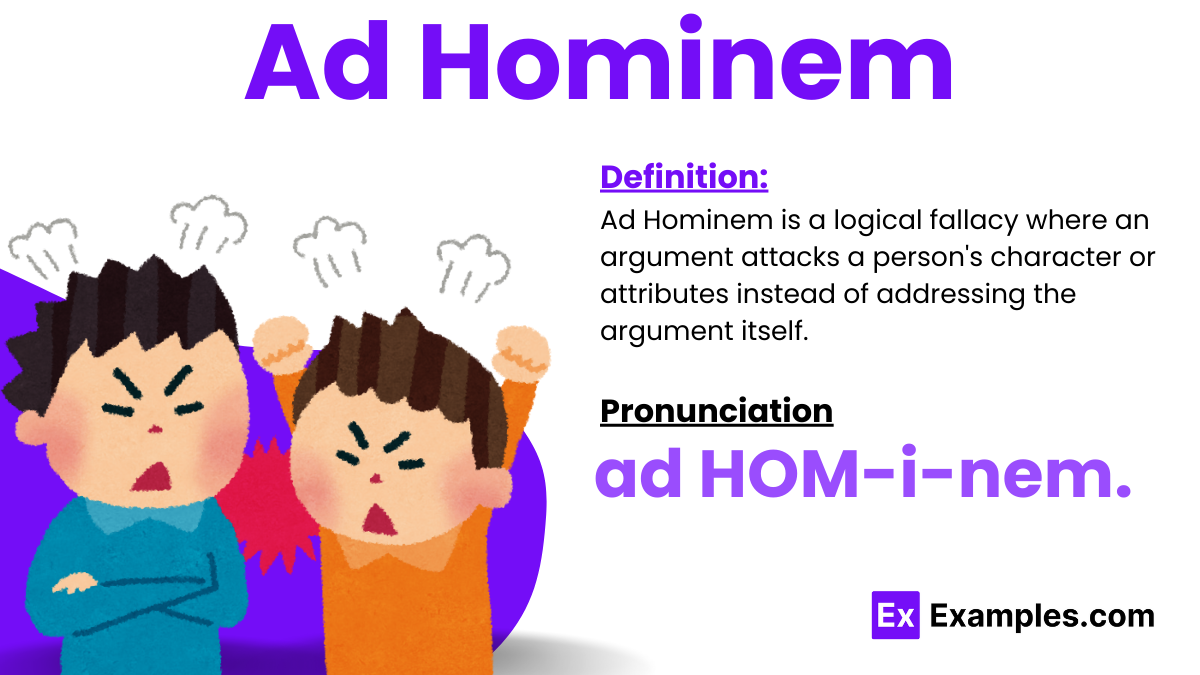60+ Ad Hominem Examples
Ad Hominem is a logical fallacy that occurs when someone responds to arguments by attacking a person’s character rather than addressing the content of their arguments. This fallacy diverts attention from the validity of the claims being discussed to the individual making them. The term originates from Latin, meaning “to the person.” An ad hominem attack might criticize one’s motives, background, or unrelated actions. This tactic is commonly used in debates and discussions where emotional appeal can overshadow logical reasoning, ultimately undermining the integrity of the argumentative process.
What is a Ad Hominem?
Ad Hominem refers to a logical fallacy where the focus shifts from the argument to the individual presenting it. Instead of addressing the argument’s merits, the attack targets the person’s character, background, or motives. This tactic undermines logical debate by appealing to emotions rather than reason, often diverting attention and discrediting the opponent’s argument based on personal characteristics rather than factual correctness.
Pronunciation of Ad Hominem
The pronunciation of “ad hominem” is typically given in English as /æd ˈhɒmɪnɛm/. Here’s a breakdown:
- ad sounds like “ad” in “add.”
- hominem is pronounced as “HOM-i-nem,” where the first syllable rhymes with “mom,” the second is a short “i” sound as in “in,” and the final syllable is pronounced “nem,” rhyming with “them.”
So, you would say it as “ad HOM-i-nem.“
Function of Ad Hominem
The primary function of an ad hominem attack is to undermine an opponent’s credibility rather than engaging with the actual argument they are presenting. This tactic can serve several purposes:
- Diversion: It shifts the focus from the argument’s substance to the personal characteristics or perceived flaws of the person making the argument.
- Emotional Appeal: Ad hominem can appeal to the emotions of the audience, making the opponent appear untrustworthy or biased, thereby reducing their argument’s perceived validity.
- Deflection: It helps the attacker avoid addressing the central points of the debate by creating a distraction through personal attacks.
- Discrediting: By attacking the opponent’s character or motives, the user of ad hominem aims to discredit their entire argument, suggesting that flaws in the person’s character or past behavior invalidate their current statements.
Types of Ad Hominem
Ad hominem attacks can be categorized into several distinct types, each targeting the opponent’s character or other personal aspects in different ways:
1. Abusive Ad Hominem
- Directly attacks an individual’s character or attributes rather than the argument itself. This form includes insults, slurs, or other derogatory comments aimed at discrediting the opponent personally.
2. Circumstantial Ad Hominem
- Suggests that the opponent is biased or predisposed to hold a certain viewpoint due to their circumstances, such as their profession, background, or self-interest, implying that their argument is invalid.
3. Tu Quoque (You Also)
- Points out hypocrisy or inconsistency in the opponent’s behavior. This type argues that the opponent’s failure to follow their own advice or standards discredits their argument.
4. Guilt by Association
- Attempts to discredit someone’s argument by associating them with an unfavorable group, ideology, or individual. The implication is that the association undermines the credibility of their argument.
5. Ad Hominem by Innuendo
- Uses indirect implications or hints to attack an opponent’s character. This type avoids direct accusations, relying instead on insinuation to suggest that there are hidden, negative aspects to the person’s character or motives.
Synonyms & Antonyms for Ad Hominem
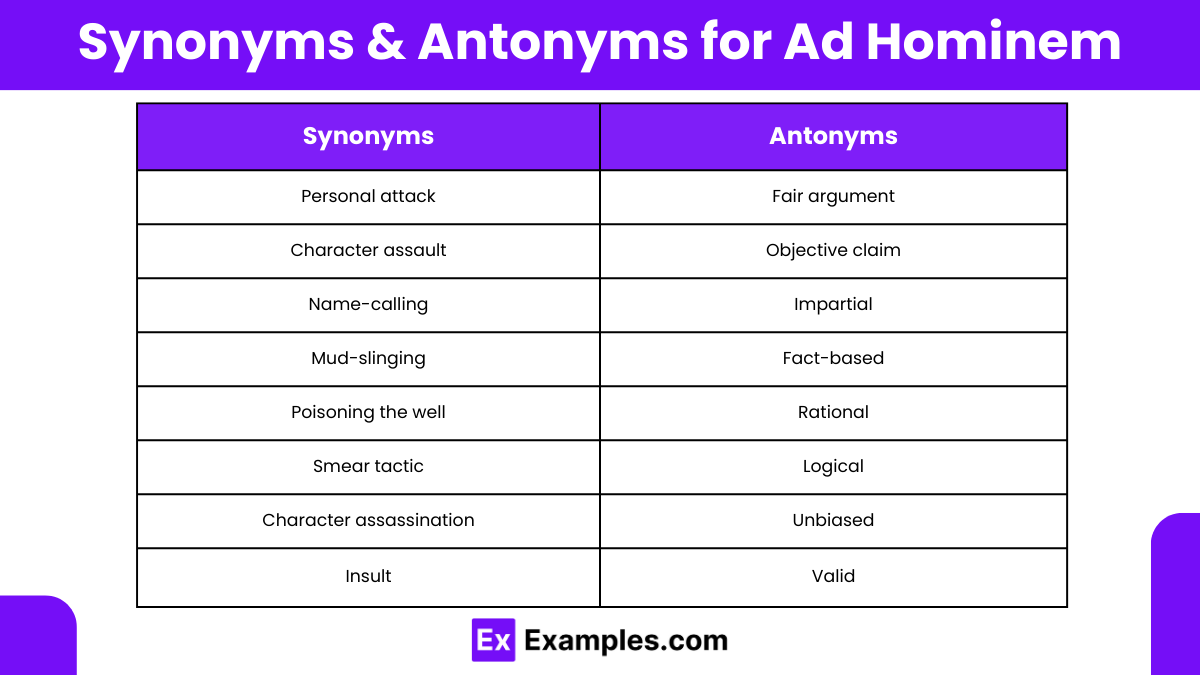
| Synonyms | Antonyms |
|---|---|
| Personal attack | Fair argument |
| Character assault | Objective claim |
| Name-calling | Impartial |
| Mud-slinging | Fact-based |
| Poisoning the well | Rational |
| Smear tactic | Logical |
| Character assassination | Unbiased |
| Insult | Valid |
Synonyms
- Personal Attack – Attacking someone’s character or traits instead of discussing their arguments.
- Character Assault – Aggressively criticizing someone’s personality or integrity to undermine their arguments.
- Name-calling – Using hurtful or offensive labels to discredit someone instead of addressing their points.
- Mud-slinging – Throwing insults and accusations to tarnish someone’s reputation rather than debating the issues.
- Poisoning the Well – Introducing negative and prejudicial information about someone to discredit everything they might say.
- Smear Tactic – Spreading false or exaggerated claims about someone to damage their credibility.
- Character Assassination – Deliberately damaging someone’s reputation with severe and harmful accusations to make their arguments seem unacceptable.
- Insult – Using offensive or derogatory comments that attack a person rather than their ideas.
Antonyms
- Fair Argument – Discussing issues based on logic and evidence without personal bias.
- Objective Claim – Making statements based solely on facts, unaffected by personal feelings or prejudices.
- Impartial – Being neutral and unbiased, considering all sides of an argument fairly.
- Fact-based – Relying on verifiable data and evidence when making a case or argument.
- Rational – Using reason and logical thinking to form conclusions or debate topics.
- Logical – Following clear, structured reasoning without falling into emotional or personal attacks.
- Unbiased – Showing no prejudice for or against someone, focusing only on the facts and logic.
- Valid – Having a sound basis in logic or fact; well-founded and justifiable.
1. Fallacies in Ad Hominem Argument
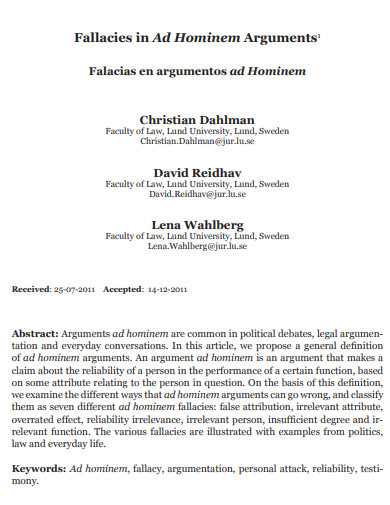
dialnet.unirioja.es
2. Structure of Ad Hominem
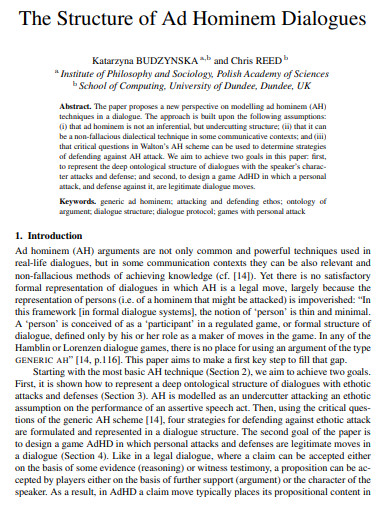
arg-tech.org
3. Argumentum Ad Hominem
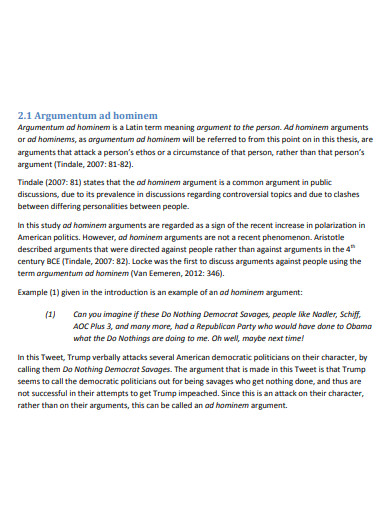
studenttheses.universiteitleiden.nl
4. Sample Ad Hominem
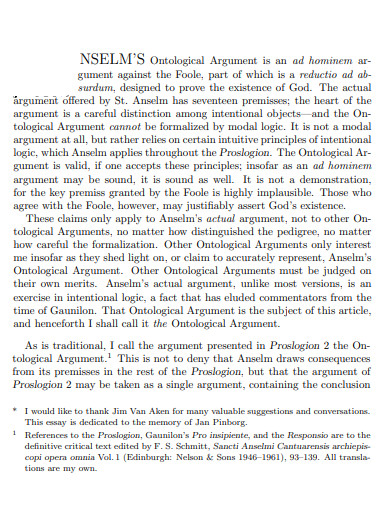
/individual.utoronto.ca
5. Ad Hominem Author

aspredicted.org
6. Ad Hominem Parole Legislation
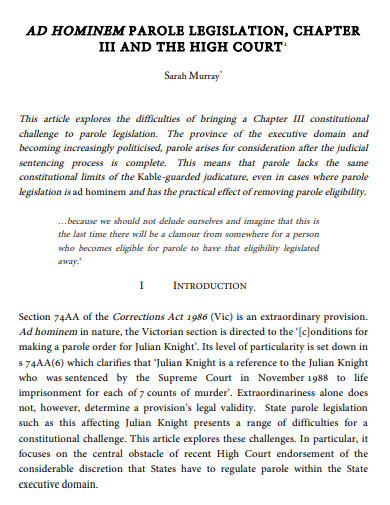
law.uwa.edu.au
7. Rule Ad Hominem
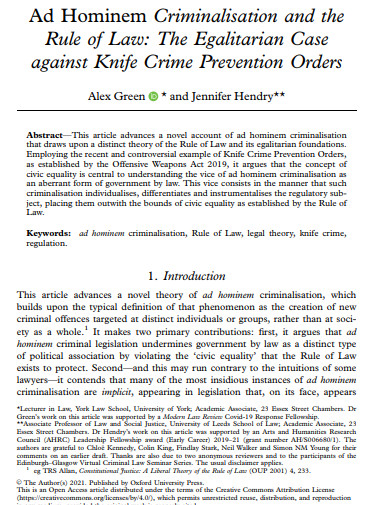
eprints.whiterose.ac.uk
8. Ad Hominem Production
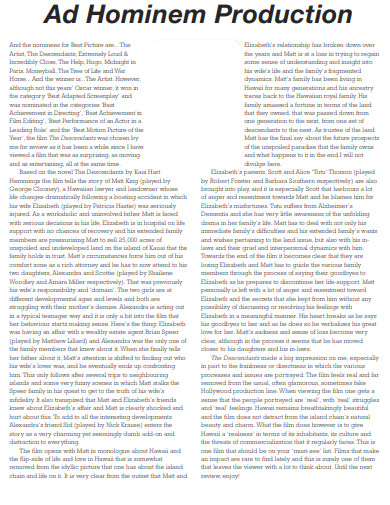
walshmedicalmedia.com
9. Ad Hominem Arguments
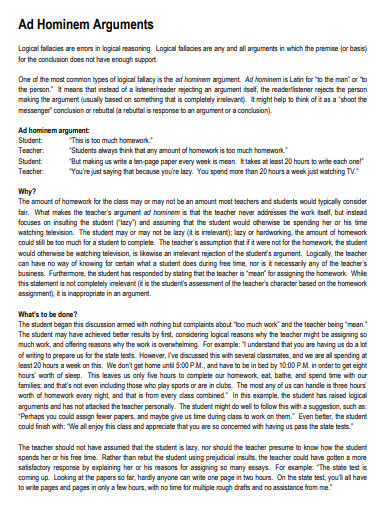
studenthandouts.com
10. Simple Ad Hominem
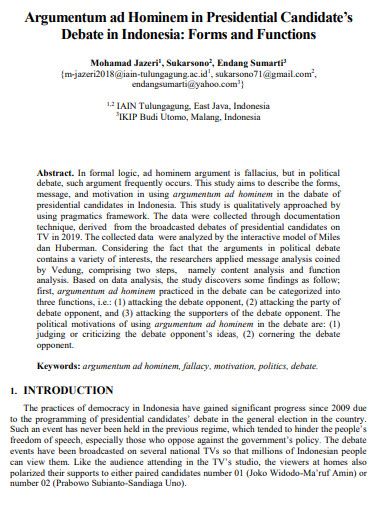
eudl.eu
11. Ad Hominem Example
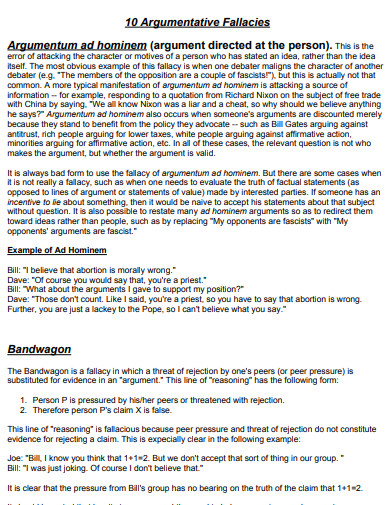
sevanoland.com
12. Ad Hominem Fallacy
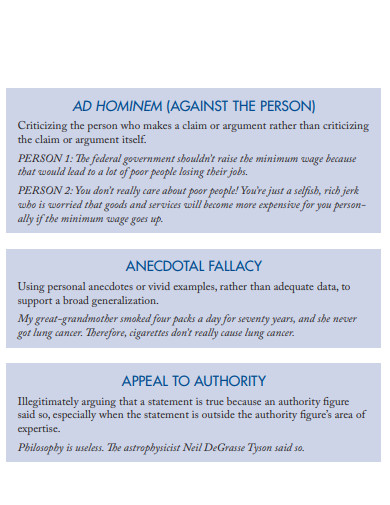
hackettpublishing.com
13. Ad Hominem Critical Thinking
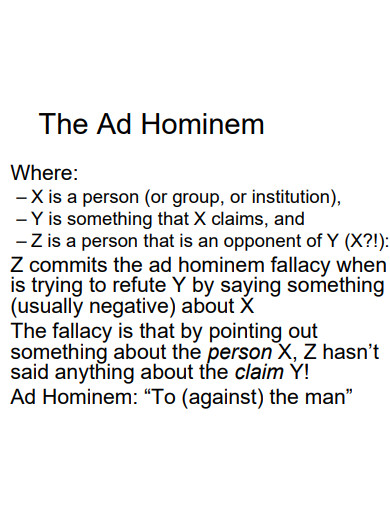
homepages.hass.rpi.edu
14. Ad Hominem Review
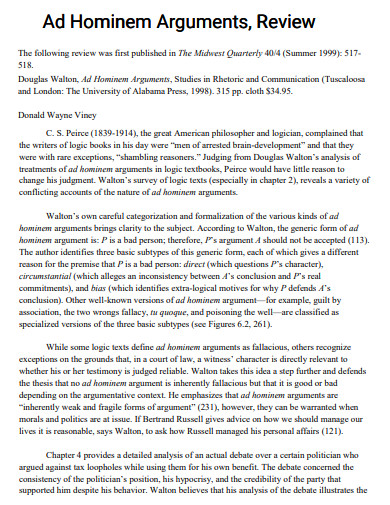
digitalcommons.pittstate.edu
15. Basic Ad Hominem

scholar.uwindsor.ca
16. Abusive Ad Hominem
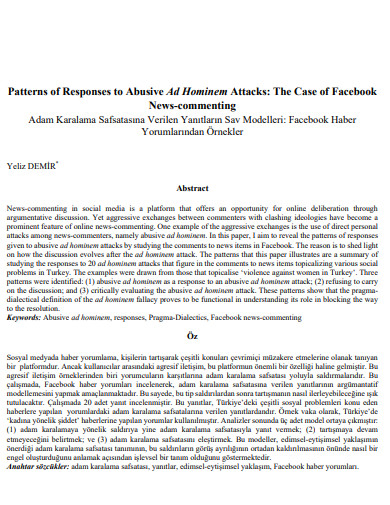
dergipark.org.tr
17. Generic Ad Hominem

aclanthology.org
18. Computational Ad Hominem

aclanthology.org
19. Political Discourse Ad Hominem
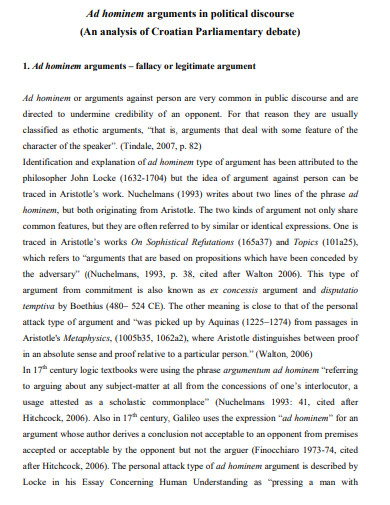
uni-saarland.de
20. Human Rights Ad Hominem
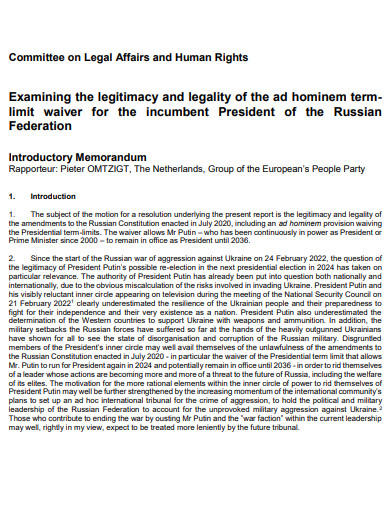
rm.coe.int
21. Ad Hominem Analysis
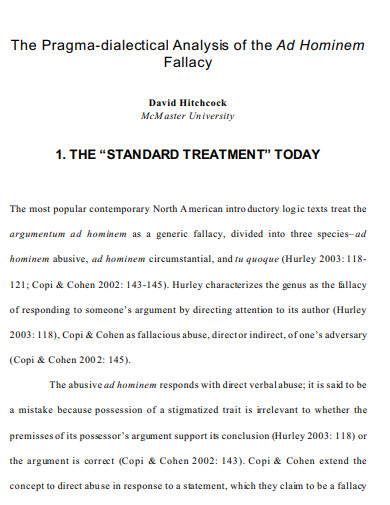
humanities.mcmaster.ca
22. Ad Hominem Scheme

core.ac.uk
23. Ad Hominem Template

hr.uct.ac.za
24. Ad Hominem Format
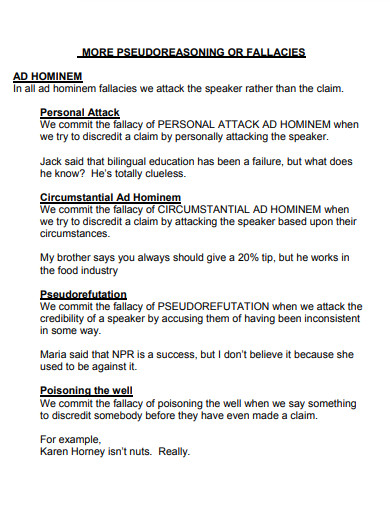
deanza.edu
25. Ad Hominem Handout
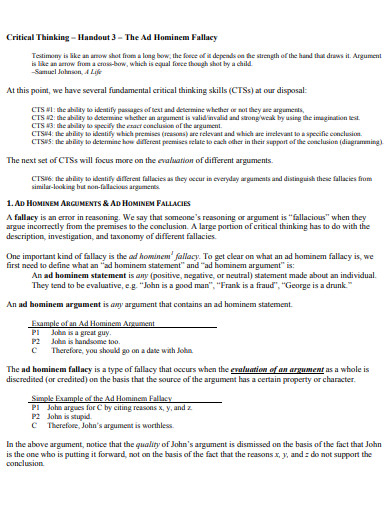
davidagler.com
26. Ad Hominem Case Study

philarchive.org
27. Ad Hominem Lesson Plan
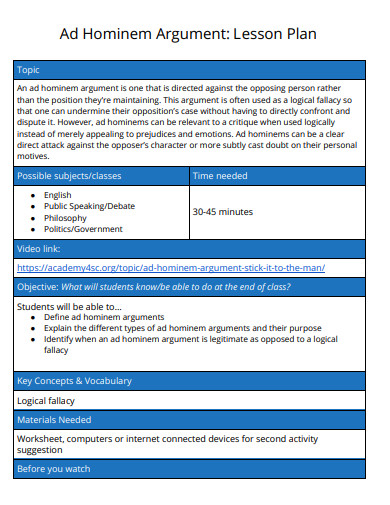
academy4sc.org
28. Printable Ad Hominem
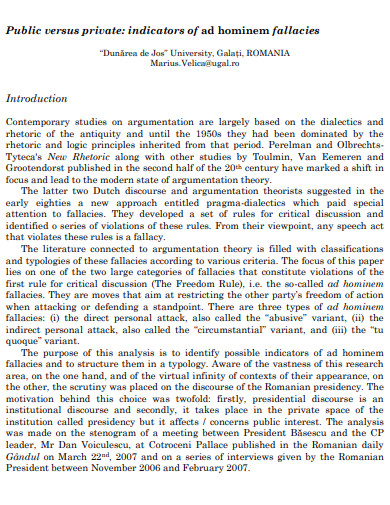
ssoar.info
29. Formal Ad Hominem

media.podcasts.ox.ac.uk
Examples of Ad Hominem in Movies
Ad hominem attacks are a common dramatic device in movies, used to create conflict and tension between characters. Here are ten examples where characters use ad hominem tactics in films:
-
“12 Angry Men” (1957) – Juror #10 uses ad hominem attacks on fellow jurors and the defendant, attributing negative characteristics based on their backgrounds to discredit their arguments.
-
“A Few Good Men” (1992) – In the intense courtroom scenes, characters often resort to personal attacks rather than sticking purely to legal arguments, questioning each other’s motives and integrity.
-
“Legally Blonde” (2001) – Elle Woods faces ad hominem attacks regarding her blonde hair and fashion-focused background, which others use to undermine her legal abilities and arguments.
-
“Thank You for Smoking” (2005) – Nick Naylor frequently faces attacks not just on his arguments about smoking but also on his character as a spokesperson for the tobacco industry.
-
“The Social Network” (2010) – Characters frequently attack each other’s motives and ethics rather than addressing the central legal and ethical issues surrounding the creation of Facebook.
-
“Lincoln” (2012) – Thaddeus Stevens uses ad hominem attacks in debates on the abolition of slavery, targeting the moral character and motives of his opponents.
-
“My Cousin Vinny” (1992) – Vinny Gambini faces ad hominem criticisms focusing on his brash New York personality and unconventional methods rather than his legal arguments.
-
“Erin Brockovich” (2000) – Erin faces numerous personal attacks from opposing lawyers who question her lack of formal education and her personal life as a single mother to undermine her credibility.
-
“JFK” (1991) – Characters engage in ad hominem attacks during heated discussions about the assassination of President Kennedy, often attacking each other’s motives and character instead of the evidence.
-
“Dark Waters” (2019) – The protagonist, a corporate defense attorney, faces ad hominem attacks from his former colleagues and the community when he switches sides to defend a poisoned community against a chemical company.
Examples of Ad Hominem in Advertisements
-
Personal Attack on Competitor’s Appearance: An advertisement for a beauty product might suggest that customers shouldn’t trust a competing brand because its spokesperson doesn’t have flawless skin.
-
Attacking a Competitor’s Personal Life: A political ad might attack a candidate’s personal life, implying that because they have marital issues, they can’t be trusted to lead effectively.
-
Discrediting Expertise: A commercial for a weight-loss product might claim that doctors who criticize the product are just jealous of its success and are trying to protect their own interests.
-
Mocking Intelligence: An advertisement for a new smartphone might mock users of a competitor’s phone, implying that they are less intelligent for not using the latest technology.
-
Questioning Motives: A pharmaceutical ad might suggest that doctors who recommend a generic version of their drug over the brand name are only doing so because they’re being paid off by the generic drug company.
-
Attacking Lifestyle Choices: An advertisement for a luxury car might imply that people who choose to drive economical vehicles are not successful or sophisticated.
-
Implying Moral Inferiority: A commercial for a particular brand of clothing might suggest that people who wear a competing brand are morally inferior or lack good taste.
-
Questioning Character: An ad for a cleaning product might imply that people who don’t use their product are lazy or don’t care about the cleanliness of their homes.
-
Attacking Social Status: A commercial for a high-end watch might imply that people who wear cheaper watches are not as important or successful.
-
Insulting Age: An ad for anti-aging skincare might suggest that people who don’t use their product look older and less attractive.
Examples of Ad Hominem in Pop Culture
-
Reality TV Drama: Shows like “Survivor” often have contestants insulting each other’s looks or intelligence to create drama.
-
Social Media Spats: Celebrities sometimes argue on platforms like Twitter, attacking each other’s personal lives instead of discussing their issues.
-
Comedy Roasts: These events feature comedians jokingly insulting a guest’s appearance or behavior, often crossing into personal territory.
-
Political Comedy Shows: Programs like “Saturday Night Live” sometimes make fun of politicians with personal attacks rather than focusing on their policies.
-
Rap Diss Tracks: In hip-hop, artists release songs insulting their rivals’ skills or lifestyles.
-
Tabloid Gossip: Magazines spread rumors and negative stories about celebrities’ private lives, focusing on scandals and breakups.
-
Reality TV Confessionals: Contestants on shows like “The Bachelor” vent about each other in private interviews, sometimes resorting to insults.
-
Confrontational Interviews: Some talk shows feature heated exchanges where hosts and guests trade personal attacks instead of having meaningful discussions.
-
Internet Memes and Videos: Online jokes often target public figures with insults for laughs.
-
Celebrity Feuds in News: Media outlets report on conflicts between stars, where insults and accusations are traded publicly.
Examples of Ad Hominem in Political Speeches
-
Attacking Appearance: A politician might criticize their opponent’s physical appearance instead of discussing their policies. For instance, saying, “My opponent can’t be trusted because they look untrustworthy.”
-
Questioning Intelligence: Instead of debating the merits of their opponent’s proposals, a politician might attack their intelligence. For example, saying, “Only a fool would support my opponent’s plan.”
-
Discrediting Personal Life: Rather than engaging with their opponent’s arguments, a politician might bring up personal scandals or rumors. For instance, saying, “We can’t trust my opponent because of their messy personal life.”
-
Implying Corruption: A politician might suggest that their opponent is only motivated by personal gain or special interests, rather than genuine concern for the public. For example, saying, “My opponent is bought and paid for by big corporations.”
-
Mocking Speech or Demeanor: Instead of addressing their opponent’s ideas, a politician might ridicule the way they speak or carry themselves. For example, saying, “Listen to my opponent stumble over their words. How can we trust them to lead?”
-
Questioning Patriotism: Rather than debating policy differences, a politician might question their opponent’s loyalty to their country. For instance, saying, “My opponent doesn’t love this country like I do.”
-
Labeling Opponents as Extremists: Politicians sometimes paint their opponents as radicals or extremists to discredit them. For example, saying, “My opponent’s views are too extreme for mainstream America.”
-
Attacking Family Members: Some politicians bring up their opponent’s family members in an attempt to undermine them. For example, saying, “We can’t trust my opponent’s judgment when their own family doesn’t support them.”
-
Questioning Mental Health: Instead of engaging with their opponent’s arguments, a politician might suggest they are mentally unstable. For instance, saying, “My opponent’s behavior is erratic and unhinged.”
-
Using Derogatory Nicknames: Politicians sometimes use derogatory nicknames to belittle their opponents. For example, saying, “Crooked [Opponent’s Name] can’t be trusted.”
How to Use Ad Hominems
Before we delve into the steps of using Ad Hominems, it’s important to note that this is not a guide to encourage the use of such tactics. Rather, it’s an exploration of how they are used, often inappropriately, in debates and discussions.
Step 1: Identify the Argument
The first step in using an Ad Hominem is to identify the argument being made by the other party. This requires a certain level of deductive reasoning, as you need to understand the premise and conclusion of the argument.
Step 2: Divert Attention
Once the argument is identified, the next step is to divert attention away from it. This can be done by asking open-ended questions about the person making the argument, rather than the argument itself. This tactic is often used to shift the focus of the discussion.
Step 3: Attack the Person
After diverting attention, the next step is to attack the person making the argument. This can be done by bringing up bias examples from their past, questioning their credibility, or making personal remarks. This is the core of an Ad Hominem attack.
Step 4: Discredit the Argument
The final step is to discredit the argument by associating it with the person you’ve attacked. This is done by implying that the argument is flawed because of the person making it, rather than addressing the argument itself.
FAQs
1. Is using Ad Hominem always fallacious?
While Ad Hominem is often seen as a fallacy, it’s not always fallacious. If the character or credibility of the person is directly relevant to the argument, it may be valid to bring it up. However, it becomes a fallacy when it’s used to divert attention from the argument itself.
2. Can Ad Hominem be used effectively in writing?
Yes, Ad Hominem can be used effectively in various forms of writing, such as in a college essay or article writing. However, it’s important to use it sparingly and appropriately, as overuse can lead to a lack of credibility.
3. How can I identify an Ad Hominem in a debate?
Identifying an Ad Hominem can be challenging, but a key indicator is when the focus of the discussion shifts from the argument to the person making the argument. If personal attributes or past actions are being used to discredit the argument, it’s likely an Ad Hominem.
In conclusion, Ad Hominem is a complex and often misused tactic in debates and discussions. While it can be used effectively in certain situations, it’s often seen as a logical fallacy due to its tendency to divert attention from the argument itself. Understanding how it’s used and identifying it in discussions can help improve your own argumentation skills and make you a more discerning participant in debates.


